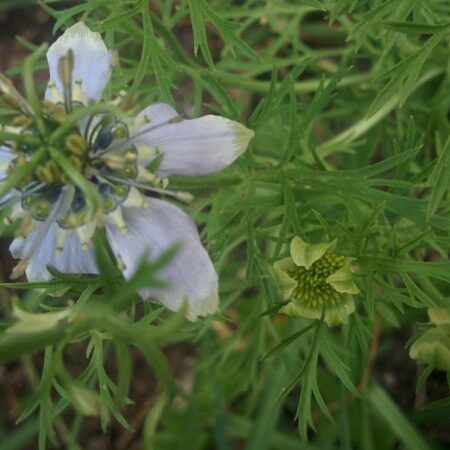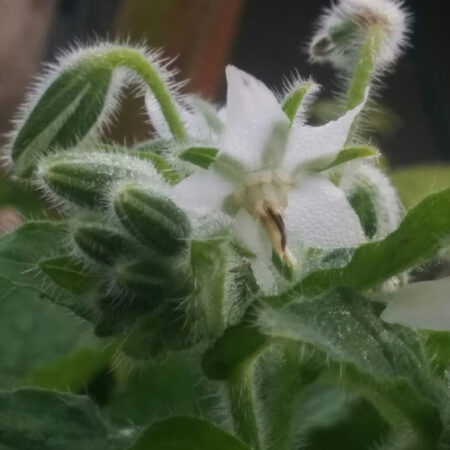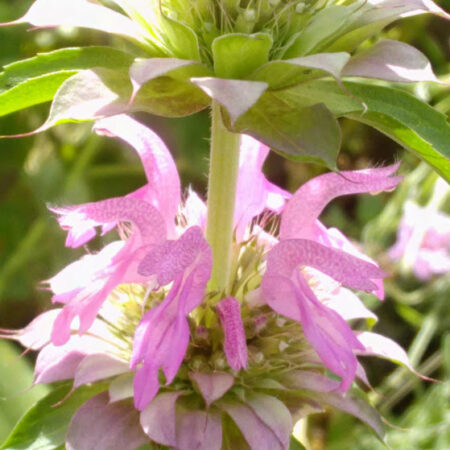Description
Burdock (Arctium lappa) is a striking biennial herb in the daisy family (Asteraceae), long valued as both a food and medicine plant. Native to Europe and Asia but now widespread, it is easily recognised by its large, heart-shaped leaves, tall branching stems, and round purple flower heads that mature into prickly burrs. In its first year, burdock forms a large basal rosette of leaves, followed in its second year by flowering stalks that can reach up to 2 m tall. It thrives in full sun to partial shade and prefers deep, loose, well-drained soil that allows for root development. In New Zealand, it grows readily in most regions but may need some protection in colder, heavy-frost areas.
Burdock is perhaps best known for its deep taproot, which has a long history of culinary use, particularly in Japan where it is called gobo and eaten as a root vegetable with a mild, earthy flavour. As a medicinal herb, burdock root is traditionally used as a cleansing tonic, supporting liver, kidney, and skin health, while the seeds and leaves have also been employed in herbal remedies. In the garden and landscape, burdock’s dramatic foliage lends a bold, architectural presence in cottage gardens and wild plantings. Its nectar-rich flowers are highly attractive to pollinators such as bees and butterflies, while the burrs, though sometimes troublesome, were the inspiration for the invention of Velcro.






